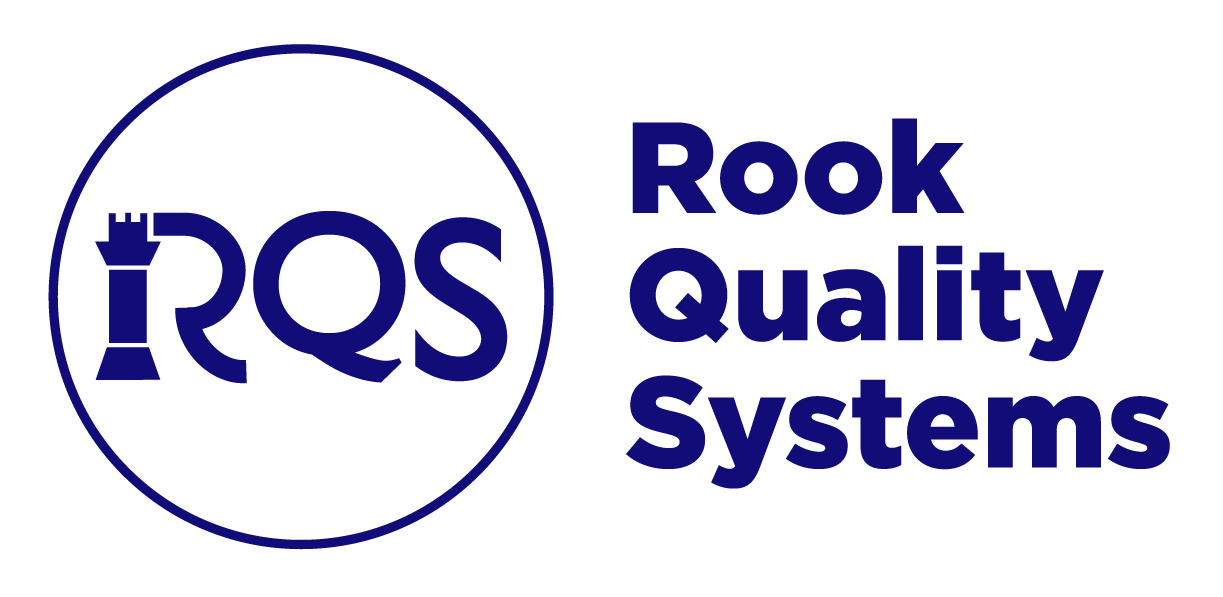FDA’s Move to Lower 510(k) Submissions to Aid Virtual Health Care
Why did the FDA release this document?
The guidance document “Enforcement Policy for Non-Invasive Remote Monitoring Devices Used to Support Patient Monitoring” introduces a new policy for current 510k holders. The purpose of this policy is to expand the availability and capability of non-invasive remote monitoring to address public health emergencies surrounding the need for virtual health care. The policy set forth in this guidance was initially intended to facilitate patient monitoring while reducing patient and healthcare provider contact and exposure to COVID-19. This was accomplished by expanding the availability and capability of non-invasive remote monitoring devices during the COVID-19 PHE. The FDA had the intent to create the availability of certain non-invasive remote monitoring devices that can help eliminate unnecessary patient contact and ease burdens on hospitals.
What devices does this policy apply to?
This policy applies to current 510k holders of non-invasive remote monitoring devices who are looking to modify devices that legally marketed the indications of their device that would normally need to submit another 510k. This generally means a device that measures or detects common physiological parameters that are used to support patient monitoring. The FDA has listed the product codes in the guidance document here. The device types include: Gaseous- phase carbon dioxide gas analyzer, diagnostic spirometer, monitoring spirometer, peak-flow meter for spirometry, breathing frequency monitor, apnea monitor, noninvasive blood pressure measurement system, electronic stethoscope, cardiac monitor, electrocardiograph, electrocardiograph, electrocardiograph software for over-the-counter use, the radiofrequency physiological signal transmitter and receiver, telephone electrocardiograph transmitter and receiver, audiometer, otoscope, electroencephalograph, computerized cognitive assessment aid, non-electroencephalogram physiological signal based seizure monitoring system, biofeedback device, sleep assessment device, and vestibular analysis apparatus. Each of these types has a product code if your 510k is under one of these product codes
The Policy Explained
The policy being enforced is that manufacturers who are using certain product codes are required to submit a premarket notification. The FDA states that they will not object to modifications that are used to support patient monitoring, when the modification does not create more risk or affect the algorithm. Specifically, an example of an acceptable modification is a subject device that goes from being marketed in hospitals to in-home setting. Another example is a hardware or software change that allows for increased remote monitoring capability. If you are looking for support to determine a strategic regulatory decision regarding this policy, feel free to reach out to Rook for guidance.
How does this affect Health Care?
The focus is on advancing health equity and increasing access to digital health technologies that can be used to advance better care, quality of life, and wellness of diverse populations. One article released by the American Medical Association said that telehealth increased by 70% in 2020(1). The article describes telehealth as being easier to use, all-in-one technology, and directed toward chronic diseases. The FDA saw the rise in this industry and is preparing for the technology to catch up to the need for remote healthcare. They are preparing for the surge in modifications to legally marketed devices that are getting technology updates.
Modifications to indications or functionality
They will not object to modifications to indications or functionality of the devices that allow for more increased remote monitoring capability without prior submission of a 510k. The main justification for no object modifications is that they do not increase the risk and do not directly affect the physiological parameter measurement algorithm. An example would be a new software function that is related to the measurement; the FDA will object, and the company would need a new 510(k/)premarket notification.
Modifications specifically to hardware or software increase remote capability
Like the modification above, the FDA does not intend to object to limited hardware or software architecture modifications to subject devices that increase remoteness that do not create undue risk or change the algorithm. An example of this would be an addition of a wireless component. These changes are not exempt from the formal change request process. Any changes must be documented by the manufacturer according to the quality system for changes in devices. In this guidance, the FDA mentions labeling recommendations relevant to this policy. They recommend including a clear description of data for indications: Device performance, Potential risks, Use conditions- spot checking, continuous monitoring, or trend monitoring, and adequate instructions for home use for lay terms. This is to reinforce changes related to modifications with remote capabilities for laypersons to understand the indications for use in an at-home setting.
